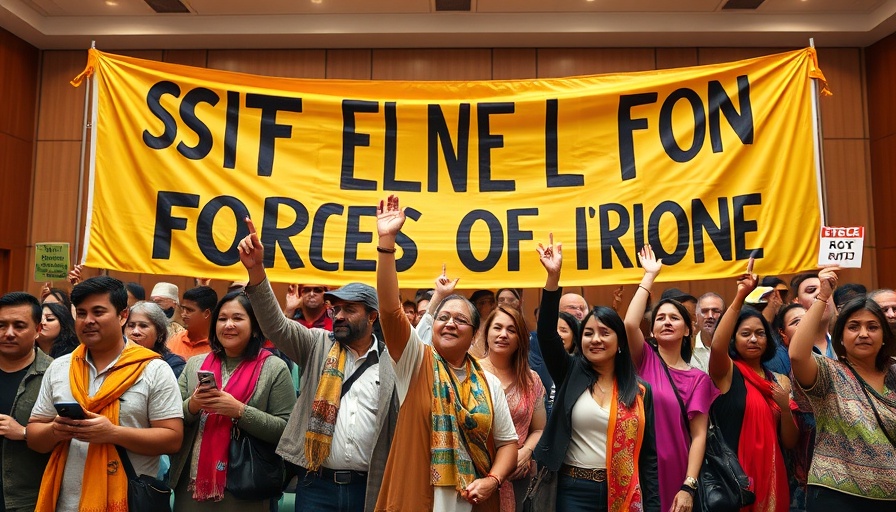
The Westward Shift of China's Air Pollution: A Double-Edged Sword
China's resolves to combat air pollution have led to remarkable improvements in air quality across major urban centers. Since declaring a "war on pollution" in 2013, the country has achieved significant reductions in PM2.5 levels, narrowly exceeding the national standards across three quarters of its cities by late 2022. However, this success comes with an unforeseen consequence: the relocation of polluting industries to southern and western regions of the country, causing new environmental challenges.
Why is Heavy Industry on the Move?
The economic landscape of China has seen heavy industries, particularly coal and steel production, migrating westward. This shift is primarily due to the abundance of energy resources available in these regions, coupled with a regulatory environment that appears to momentarily favor industrial expansion over environmental concerns. Regions like Guangxi, Yunnan, and Xinjiang have witnessed considerable increases in air pollution quality in recent years, aligning with the influx of heavy industries. For instance, air quality samples from Xinjiang continue to rise, leading it to take over from Henan as the province grappling with the most serious particulate matter concerns.
Impact on Local Communities and the Environment
This change in industrial dynamics not only affects air quality but poses broader risks to the health of local communities, wildlife, and natural ecosystems. Residents in areas like Kunming and Urumqi are feeling the direct impacts of heightened pollution, which has been linked to diseases, premature deaths, and worsening living conditions. The social ramifications, including increased healthcare costs and diminished quality of life, emphasize the need for urgent regulatory adaptations.
Sustainable Solutions Moving Forward
To address these challenges, experts suggest integrating more renewable energy into China's power grid and electrifying industries that currently rely on coal. Enhancing clean energy generation and promoting sustainable practices across all sectors could prove instrumental in managing future pollution levels. By investing in green technologies and solutions, communities can not only mitigate existing air quality issues but also pave the way for sustainable development that prioritizes both environmental and public health.
Learning from Global Trends
China's predicament illustrates a global trend where industrial growth and environmental stewardship often clash. Countries worldwide are grappling with similar issues, finding that while economic expansion is crucial, it must be balanced with ecological responsibility. For example, regions promoting sustainability initiatives and economic programs are witnessing a positive transformation towards cleaner air and healthier communities. This serves as a model for China and other nations facing parallel challenges.
The Path Forward: Climate Action and Commitment
The trajectory of air pollution in China reflects the complexities at the heart of climate action efforts. Policymakers must be willing to enforce stringent environmental regulations, promoting innovative solutions that can accommodate economic growth while protecting public health. Through grassroots movements, individuals can contribute by supporting eco-friendly practices, reducing their carbon footprints through conscious consumerism and advocating for environmentally friendly policies in their communities.
As we engage with these issues, let us remember that our collective efforts are essential in steering our environmental future towards sustainability and resilience. But change starts at home, and the small actions of individuals can lead to larger community impacts. Empower yourself with knowledge about sustainable living and eco-friendly products to be part of the solution. Visit your local community garden, try composting, or advocate for clean energy initiatives.
 Add Row
Add Row  Add
Add 



Write A Comment